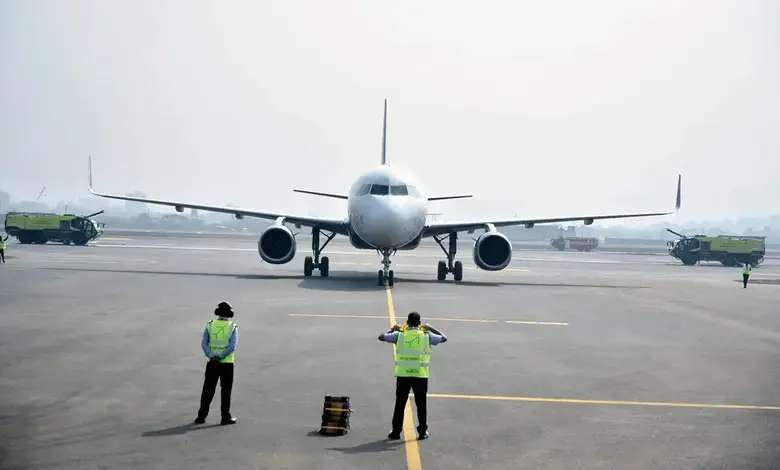Navi Mumbai’s New Gateway Takes Flight: DGCA Greenlights Operations Just Before PM’s Big Reveal

In a pivotal step toward easing Mumbai’s air travel crunch, the Navi Mumbai International Airport (NMIA) has secured its crucial Aerodrome Licence from the Directorate General of Civil Aviation (DGCA). Granted on Tuesday, this approval paves the way for the facility to launch full-scale activities, mere days before Prime Minister Narendra Modi is set to inaugurate it on October 8.
The licence clears NMIA to serve as a standard hub for aircraft arrivals and takeoffs, open to all carriers under uniform rules and aligned with the guidelines in its Aerodrome Manual. Officials at the DGCA stressed that the permit remains non-transferable and could face suspension or alterations if it breaches the Aircraft Act of 1934, the Aircraft Rules of 1937, or any other aviation standards.
For years, NMIA’s construction has targeted the overcrowding at the Chhatrapati Shivaji Maharaj International Airport, promising to bolster links across India and beyond. With this certification locked in, the airport edges nearer to buzzing with passenger and cargo traffic, positioning itself as a sleek portal connecting Navi Mumbai to global routes.
NMIA representatives expressed enthusiasm over the breakthrough. “We are delighted to secure this key Aerodrome Licence. It propels us toward complete functionality, boosting travel options for commuters and commerce,” they noted.
The airport’s debut will kick off with its first commercial flight on October 8, under the Prime Minister’s oversight. Major players like IndiGo, Akasa Air, and Air India Express have lined up to start services, focusing initially on routes to key domestic destinations.
The project unfolds in stages, with phase one geared to accommodate 20 million travelers and 500,000 metric tonnes of freight per year. When finished, NMIA aims to manage a whopping 90 million passengers annually alongside 3.2 million metric tonnes of cargo, forming a vital complement to Mumbai’s current aviation hub and fortifying the entire metropolitan area’s transport network.
This development signals a brighter era for regional skies, where smoother journeys could soon become the norm.




